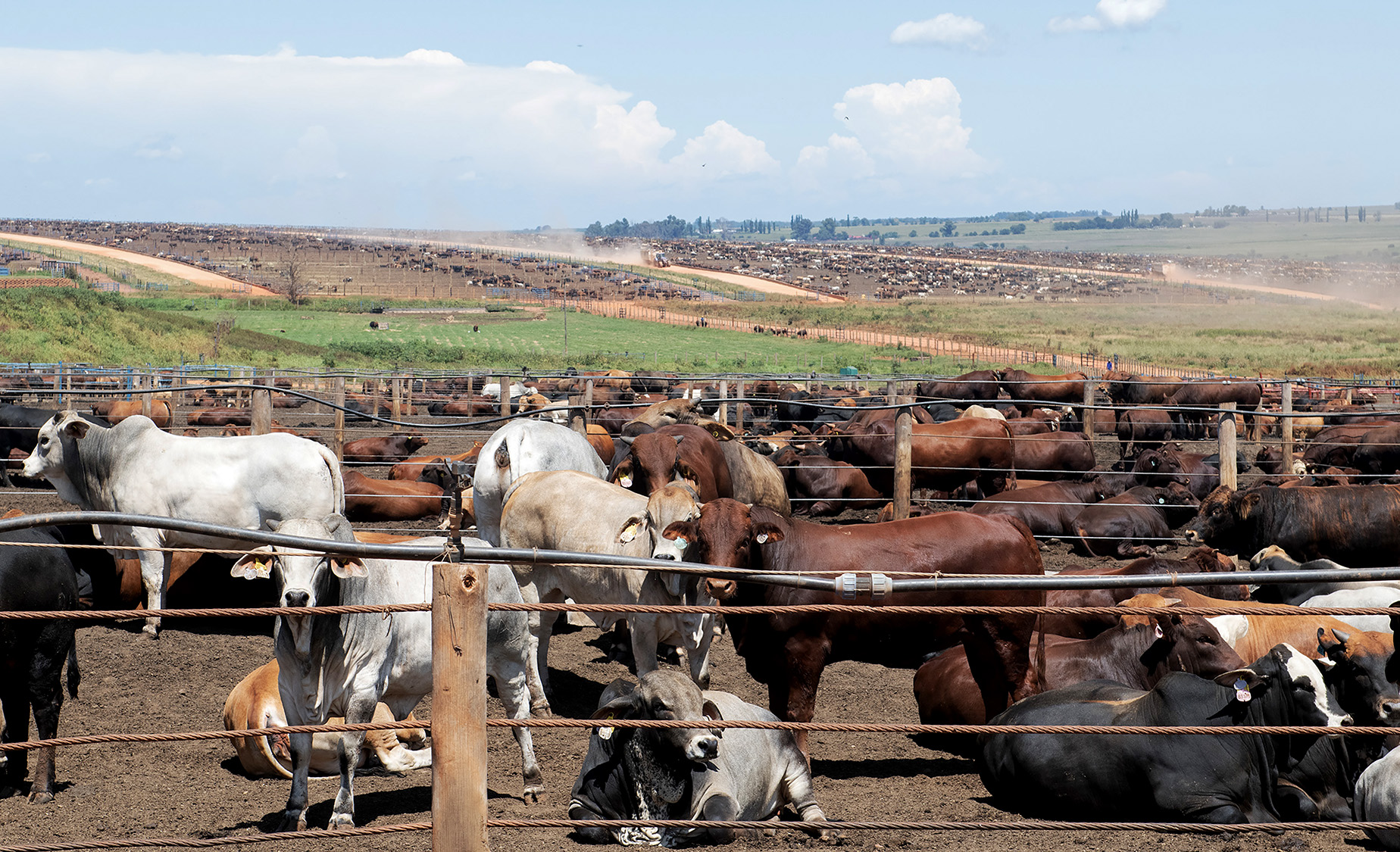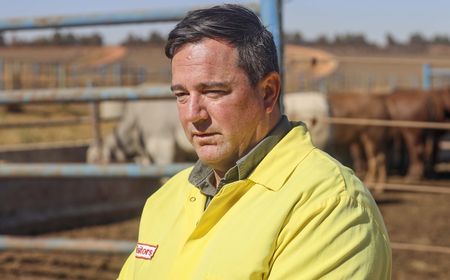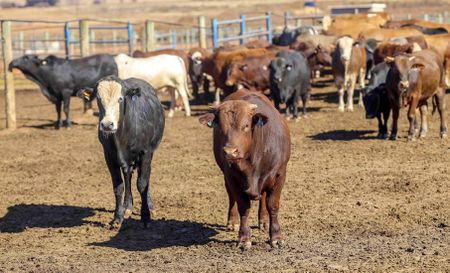South Africa will aim to vaccinate its entire national herd against foot-and-mouth disease as the livestock industry grapples with a wave of outbreaks that has left farmers reeling in despair.
“The Department of Agriculture has resolved to implement a comprehensive strategy to vaccinate the entire national herd. This initiative will position us to apply to the World Organisation of Animal Health (WOAH) for recognition of freedom with vaccination status,” the department said in a statement on Wednesday, 26 November 2025.
“By February next year, the department aims to take delivery of two million doses of foot-and-mouth disease vaccines in two separate consignments. To reduce dependence on imported vaccines, a new mid-scale vaccine production facility is being established as part of the national biosecurity strengthening programme.”
This will be a beefy task indeed. South Africa’s national herd of cattle is estimated to number about 7.2 million, and includes huge herds on commercial farming operations and smaller herds owned by subsistence farmers grazing on communal, unfenced pastures.
What this means
Nipping these outbreaks in the bud is urgently needed to reopen export markets for South African beef products. Livestock and poultry account for about half of the farming arm of South Africa’s economy, so this is material.
The outbreaks have also significantly pushed up beef prices in South Africa, adding to food inflation and confounding economists’ expectations of falling prices because of increased domestic supplies. But panic buying (remember the great toilet paper rush during the first phase of the Covid-19 lockdown?) has only fuelled meat inflation.
Hopefully, a nationwide vaccination campaign can help to ease these jitters and help farmers get back on their feet.
“This decision is courageous, as it ensures that South Africa protects its cattle herd and can continue its red meat export focus. The challenge now will be the logistics of this work, as well as reengaging the markets we export to about the step South Africa is taking at the moment,” said Wandile Sihlobo, the chief economist at the Agricultural Business Chamber (Agbiz).
The epicentre remains in KZN, where dairy farmers have been hit hardest and which has 180 of the 274 unresolved reported outbreaks. The most affected districts are Kokstad, Dundee, Underberg and Dannhauser.
Graphic by ChatGPT
/file/attachments/orphans/unnamed_739684.jpg)
The strategy aims to target the worst-affected provinces first: KZN, Gauteng, Free State, Mpumalanga and North West, which will be required submit their livestock numbers and list of quarantined farms.
“Despite the vaccination of 931,200 animals with government-procured vaccine stocks over the past three months, uncontrolled animal movement continues to undermine containment efforts and prolongs the crisis,” the department said.
South Africa’s capacity to deal with the crisis has been undermined by the erosion of the once world-class Onderstepoort Biological Products (OBP) — one of many glaring examples of state failure that has had profound consequences.
“Minister John Steenhuisen confirmed that the government is working closely with Onderstepoort Biological Products and the Agricultural Research Council on the formalisation of public-private partnerships with domestic industry and international partners, including China and Argentina, who have already offered technical cooperation and support regarding vaccine provision,” the department said.
No mention was made of the estimated costs involved, which are sure to be substantial. DM




 Karan Beef experienced a significant foot-and-mouth disease outbreak in May 2025 at its Heidelberg feedlot, which is one of the world's largest. (Photo: Gallo Images / Rapport / Elizabeth Sejake)
Karan Beef experienced a significant foot-and-mouth disease outbreak in May 2025 at its Heidelberg feedlot, which is one of the world's largest. (Photo: Gallo Images / Rapport / Elizabeth Sejake) 
